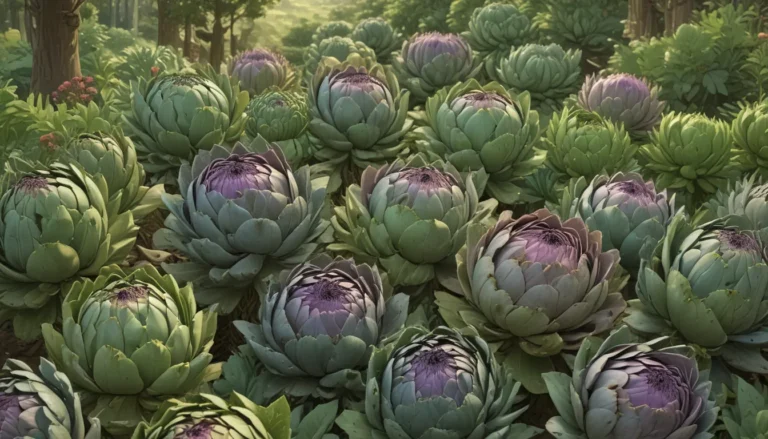A Comprehensive Guide to Utilizing Trichoderma for Fungal Disease Control

Trichoderma, a genus of soil-dwelling fungi, are a powerful tool in combating fungal diseases that affect plant health. These fungi excel at colonizing various plant roots and inhibiting the growth of pathogens that cause diseases. One notable strain, T. harzianum T-22, has been extensively researched to enhance its effectiveness at controlling fungal diseases.
Understanding Trichoderma and Its Benefits
Plant Root Colonization
- Trichoderma forms a protective barrier on plant roots, preventing the growth of harmful fungi.
- It can coexist with beneficial microbes that support plant health.
Biofertilization
- Trichoderma secretes organic acids that help improve soil conditions.
- These acids aid in the solubilization of essential nutrients like phosphates and minerals.
Stimulation of Plant Defense Mechanisms
- Activates plant immune responses to combat pathogens.
- Offers protection against a range of soil-borne and above-ground fungal diseases.
Interactions with Other Microorganisms
- Trichoderma uses a variety of mechanisms to control pathogens effectively.
- Its diverse strategies make it difficult for target organisms to develop resistance.
How Trichoderma Works
- Parasitizes other fungi by attaching, coiling, and producing enzymes that degrade their cell walls.
- Produces antibiotics that are toxic to fungi.
- Competes with other microbes for nutrients in the soil.
Implementing Trichoderma in Your Garden
Application Methods
- Apply Trichoderma directly to the soil or seed for optimal root colonization.
- Strain T-22 prefers warmer temperatures for effective application.
Product Recommendations
- RootShield® Plus: A water-soluble powder ideal for greenhouse and nursery operations.
- Mikro-Root: Contains two strains of Trichoderma and available in smaller quantities for home use.
- Plant Thrive: Blended product with Trichoderma and other beneficial microbes for enhanced plant health.
Global Impact of Trichoderma
- Trichoderma species can be found in most soils worldwide.
- The powerful strain T-22 offers both disease control and nutritional benefits for crops.
Conclusion
In conclusion, Trichoderma is a versatile biocontrol agent that can significantly enhance plant health and combat fungal diseases. By understanding its mechanisms and applications, gardeners can leverage the power of these fungi to optimize their crop yields. Consider incorporating Trichoderma into your gardening practices for healthier, disease-resistant plants.
Have you used Trichoderma in your garden? Share your experience with us! And explore other biological control agents like Streptomyces lydicus, Bacillus subtilis, and Bacillus amyloliquefaciens for comprehensive plant protection.





